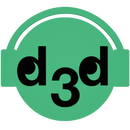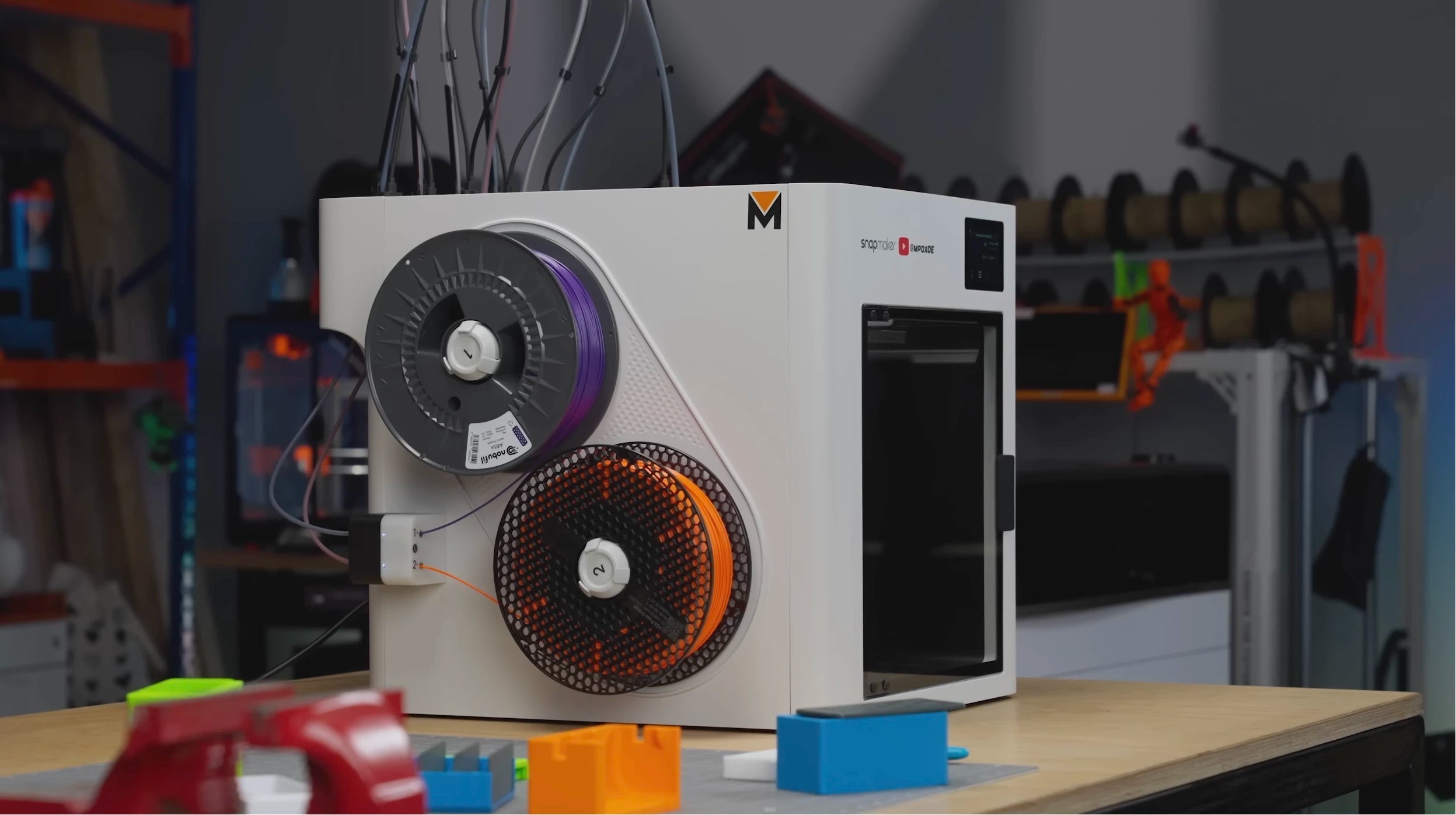Kate G. - July 13 2025
3D Printed Shoes of Your Own?

In recent years, 3D printing has transformed industries from aerospace to healthcare—and now, it's stepping into fashion with fully 3D-printed shoes. Companies like Zellerfeld are pioneering this space, creating customizable, sustainable, and futuristic footwear. But how does 3D printing work for shoes? What makes Zellerfeld's approach unique? And are these shoes actually comfortable? Let's dive in.
How Are 3D Printed Shoes Made? (The Different Methods)
Not all 3D-printed shoes are created equal. Here are the main manufacturing techniques used today:

1·Fused Deposition Modeling (FDM)
●Uses thermoplastic filaments (like TPU) layered to form a shoe.
●Pros: Affordable, good for prototyping.
●Cons: Less flexible, often requires post-processing.
2·Selective Laser Sintering (SLS)
●Lasers fuse powdered materials (nylon, TPU) into solid structures.
● Pros: Strong, lightweight, and allows complex geometries.
●Cons: Expensive, limited material options.
3·Digital Light Processing (DLP) / Stereolithography (SLA)
●Resin-based printing for ultra-detailed, smooth surfaces.
● Pros: High precision, great for intricate designs.
●Cons: Less durable, not ideal for full footwear.
4· Continuous Liquid Interface Production (CLIP) – Carbon's Method
●Uses UV light and oxygen-permeable membranes for fast, strong prints.
● Pros: High-speed, durable, used by Adidas for midsoles.
● Cons: Proprietary tech, limited to select manufacturers.

Zellerfeld's Manufacturing Breakthrough: Toolchanger FDM 3D Printers
While many 3D-printed shoe companies rely on industrial SLS machines, Zellerfeld takes a different approach—they primarily use advanced FDM (Fused Deposition Modeling) systems with toolchanger technology. This gives them unique advantages in speed, customization, and material flexibility.

Why Toolchanger FDM?
Unlike standard single-extruder FDM printers, toolchanger 3D printers can automatically switch between multiple print heads during production. This allows Zellerfeld to:
✔ Print with multiple materials in one job (e.g., rigid supports + flexible TPU)
✔ Optimize print speed by dedicating extruders to different parts
✔ Reduce post-processing since complex structures print in one go

Key Features of Their Printing Process
1. Multi-Material Capability
● One extruder prints flexible TPU (for the shoe's body)
● Another prints dissoluble supports (for overhangs, later washed away)o
●Enables graded stiffness (softer uppers, firmer soles)
2. Large-Scale Production
● Industrial-sized build volumes (~500x500x500mm) allow batch printing
● Some models print 4+ shoes simultaneously
3. Closed-Loop Filament System
● Excess material is recycled into new filament onsite
● Supports Zellerfeld's zero-waste philosophy

Zellerfeld's 3D-Printed Shoes: How They're Made
Zellerfeld isn't just printing shoe parts—they're printing entire shoes in one piece, no assembly required. Here's how they do it:
1. Custom 3D Scanning
● Customers use an app to scan their feet for a perfect fit.
● No standard sizes—each shoe is tailor-made.

2. Generative Design
● AI optimizes shoe structure for breathability, flexibility, and support.
● Lattice-based designs reduce weight while maintaining strength.
3. 3D Printing (Toolchanger FDM)
● The shoe is printed as a single, seamless unit using their advanced FDM system.
● TPU material ensures flexibility and shock absorption.
4. Post-Processing (Minimal)
● Unlike traditional shoes, Zellerfeld's designs require no assembly.
● Some models get a soft-touch coating for better feel.
● Water-soluble supports dissolve away, leaving clean final products.

Pros & Cons of Zellerfeld's 3D-Printed Shoes
✅ Advantages:
✔ Fully Customizable – Made-to-fit scans ensure perfect comfort.
✔ Zero Waste – No excess material, unlike traditional shoe manufacturing.
✔ No Assembly Needed – Printed in one piece, reducing weak points.
✔ Sustainable – Uses recyclable thermoplastics (TPU).
✔ Futuristic Designs – Unconventional shapes impossible with normal methods.
✔ Engineered Lattice Texture – The shoes feature intricate internal and external lattice structures that enhance flexibility while maintaining support.
✔ Superior Breathability – The open-cell design of the 3D-printed mesh allows for excellent airflow, keeping feet cool even during extended wear.

❌ Drawbacks:
✖ Limited Style Options – Most designs are sporty/minimalist (not formal).
✖ Durability Questions – Long-term wear testing still ongoing.
✖ Pricey ($200-$400) – More expensive than mass-produced sneakers.
✖ Break-In Period – Some users report stiffness at first.
✖ Long Production Time – Printing a single pair takes 24-40 hours, making rapid mass production challenging.

Are They Worth It?
If you want custom-fit, eco-friendly, and cutting-edge footwear, Zellerfeld delivers. But if you prefer traditional styles or lower prices, mainstream brands still win.
If you want custom-fit, eco-friendly, Final Verdict:
⭐ Innovation: 10/10
⭐ Comfort (After Break-In): 8/10
⭐ Price-to-Value: 6/10



